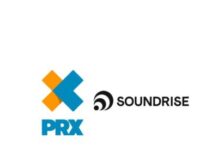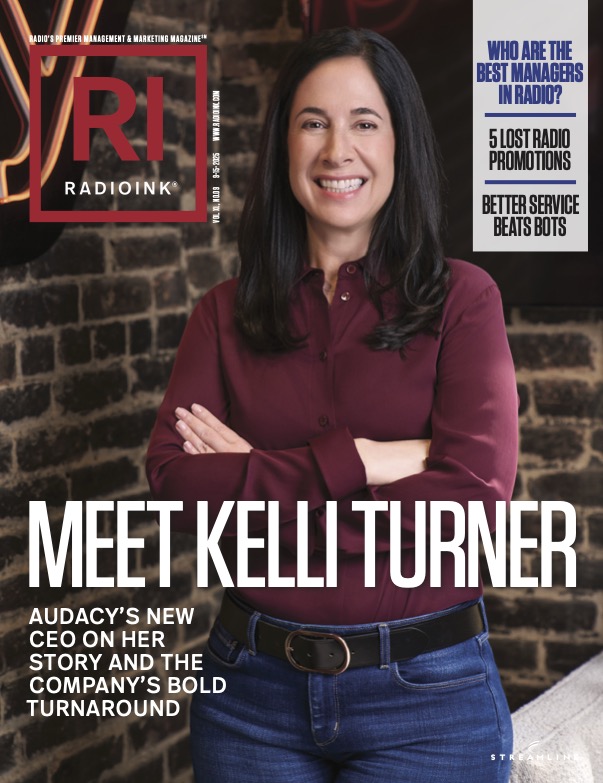
While the majority of US advertising dollars flow to TV and digital, a quieter truth emerges: millions of consumers aren’t paying much attention to either. So, if brands want results and ROI, where should they turn? Radio – per new analysis of Nielsen Scarborough data.
According to the Katz Radio Group report, 40% of U.S. adults 18 and older are light users of both TV and the internet, placing them in an “engagement gap,” outside the effective reach of most traditional ad campaigns. But even among these “media-light” consumers, radio cuts through. AM/FM reaches 87% of light TV viewers and 90% of light internet users, giving advertisers a powerful tool to connect with an otherwise elusive audience.
Among the core buying demographic of adults 35–49, radio’s performance is even stronger. Forty-six percent of this group are light TV viewers, and 35% are light internet users. Yet radio reaches 90% and 92% of them, respectively. For advertisers targeting mid-life consumers balancing careers, families, and fragmented media habits, radio continues to offer dependable reach.
Older Americans follow a similar pattern. Just 24% of adults 50+ are light TV viewers, but 46% fall into the light internet user category. Radio’s reach to both of these groups stands at 92%, demonstrating its consistency across screen-light demographics.
The numbers grow even more pronounced across multicultural audiences. Among Black adults 18+, 38% are light TV viewers and 51% are light internet users. Radio reaches 89% and 92% of those groups, respectively. For Hispanic adults 18+, nearly half are light users of both TV (48%) and internet (49%) – yet radio still reaches 89% and 91% of each audience segment.
Further Nielsen analysis unpacked by Cumulus Media/Westwood One’s Audio Active Group shows AM/FM radio builds monthly reach more efficiently than TV at every GRP level. At 100 GRPs, radio reaches nearly 60% of adults 18+, while TV lags below 40%. At 300 GRPs, radio nears 80% reach, as TV plateaus around 60% – highlighting radio’s continued ability to deliver incremental reach where TV flattens.







